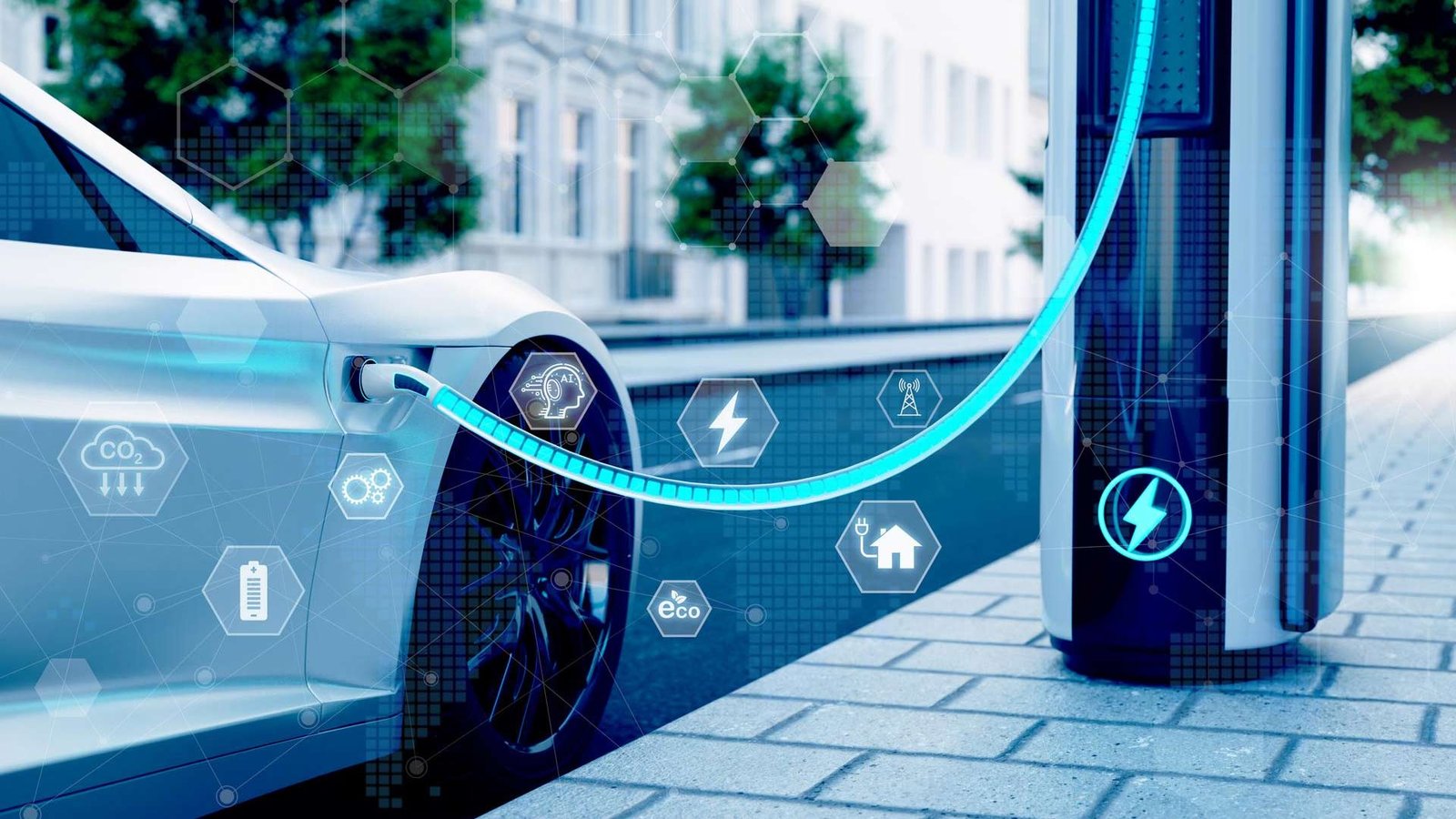Mobility growth hinges on intelligent EV charging networks driving the future of e-mobility ecosystems.
The electric mobility market will cease to be an experiment in 2025 and become an inflection point. The IEA predicts global EV sales to reach more than 20 million units this year, but there is a paradox in the industry: the innovation in vehicles is going faster than the infrastructure that should power this innovation. The question now being asked is not whether EVs will dominate but how quickly the necessary infrastructure can be developed to ensure that the dominance is maintained.
Table of Contents
The Growth Paradox
Infrastructure as the Strategic Linchpin
The Next Leap Forward
What Executives Must Rethink
The Hard Questions Ahead
Winning the Next Phase of E-Mobility
The Growth Paradox
E-Mobility development is picking up pace in all major geographical areas. China leads, Europe follows, and finally the U.S. catches up in development pace. Yet here there is an optimism that has a bottleneck. Since 2022, the number of public chargers has doubled, but their accessibility, dependability, and equity of location continue to be problematic.
The U.S. research studies indicate that about one out of every five charging attempts fails in the U.S. because of software glitches, lapses in maintenance, or lack of interoperability. That is actually not an inconvenience to fleet operators and logistics firms; it is a strategic weakness. In fragmented markets such as India and Southeast Asia, the adoption is delayed due to the fragmented networks and unstable access to the grid, although the policies are highly supportive.
The dilemma of the industry is quite obvious: additional EVs do not necessarily mean increased mobility. E-Mobility will run in place without a strong and smart charging backbone.
Infrastructure as the Strategic Linchpin
Executives who consider charging only a utility do not see the bigger picture. The competitive moat that will define mobility ecosystems in the future is charging infrastructure. It dictates the location of consumer purchase, fleets, and areas of the value chain capture.
Reliable public charging already forms one of the most potent predictors of EV adoption. It also causes quantifiable economic spillover–local expenses surged by up to three percent around charging hubs, as reported by Nature. Charging stations are not merely fueling cars, but establishing new business models based on mobility-as-a-service, retail co-operation, and data-enabled energy management.
The most visionary players, including IONNA in the U.S., the Spark Alliance in Europe, and otherwise state-based corridor programs in Asia, do not see charging as infrastructure, but as infrastructure intelligence.
The Next Leap Forward
Three convergent shifts are redefining the future of EV charging.
1. Ultra-fast charging becomes the norm.
More than 38 per cent of new installations in 2025 can deliver 250 kW or more, cutting charge times by as much as 10 minutes or less. The V4 Superchargers of Tesla and IONITY megawatt-class units are changing the expectations of consumers. It will be mainstream adoption–assuming that the grid is capable of keeping up with this speed.
2. Smart grids and software orchestration take center stage.
Open standards such as the OCPP 2.1 can allow two-way energy flow, whereas the AI-based systems predict the load peak and constantly re-equilibrate. It is not all about adding chargers to the future but optimizing their time and method of charging. Grids that are grid-interactive and soon may counteract gridlock, grid stabilization, and generate new utility and charge point operator revenues.
3. Convergence across mobility ecosystems.
Swapping batteries in China, charging plus solar hubs in Europe, and freight-oriented charging corridors in the U.S are early indications of hybrid models that are convenient and sustainable. It is expected that by 2030, integrated charging-storage will be the norm in the commercial fleet and in urban areas.
What Executives Must Rethink
The success of E-Mobility is now tied to the alignment of the executive in the sector. Infrastructure investors, utilities, and automakers should work towards scalable and interoperable ecosystems instead of competing on closed networks. Key imperatives include:
- Reframing the business model: Shift away from the selling of kilowatt-hours to selling of mobility experiences – bundled charging, parking, and loyalty services.
- Redesigning site strategy: Reconsider data-driven location and not expansion. All the underutilized chargers are stranded assets.
- Embedding grid collaboration: Engage utilities at an early stage to coordinate feeder capacity, tariff structure, and distributed energy.
- Prioritizing uptime and transparency: Invest in predictive maintenance, standardized APIs, and real-time data sharing to enhance user trust.
The new ROI measure is now reliability. Both the investors and the customers are moving to no longer ask how many chargers there are, but how they are performing.
The Hard Questions Ahead
- Will the use of ultra-fast charging be sustainable as grid constraints become more critical?
- Is it possible to make the economics of public charging profitable without long-term subsidies?
- Are more dense slow-charging networks or fewer ultra-fast hubs the way that cities should go?
- What will occur in the case where battery technology or hydrogen mobility will surpass the existing infrastructure spending?
These are not speculative arguments but rather those that characterize mobility strategy in the boardroom.
Winning the Next Phase of E-Mobility
The industry is at a strategic crossroads. The winning companies of this decade will not only install more chargers – they will install more intelligent ecosystems. They will combine data, energy, and mobility in such a way that EV charging remains not only invisible to the end user but also indispensable to the grid.The conclusion to be drawn is plain and simple: the future of E-Mobility is not going to be won at the showroom–it is going to be won at the charger. Those who are cognizant of this will define the next generation of transportation value in the world. Others that fail to do so will be left wasting time as the competition accelerates ahead.
Discover the latest trends and insights—explore the Business Insights Journal for up-to-date strategies and industry breakthroughs!

